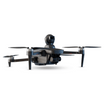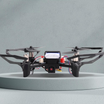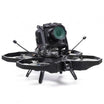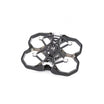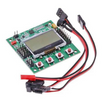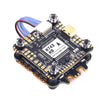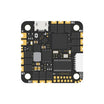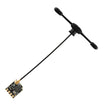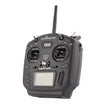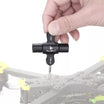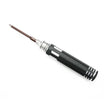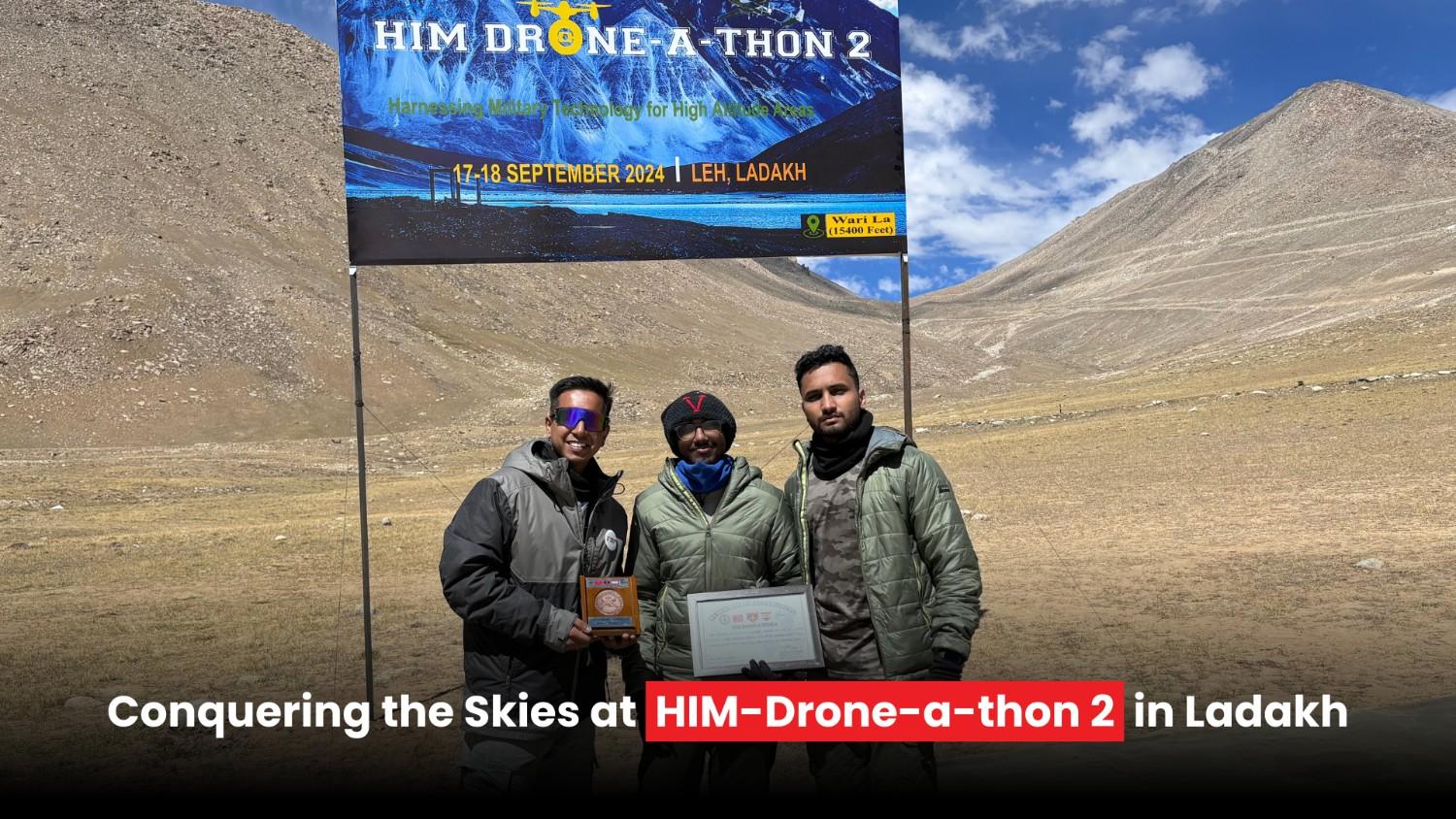In May 2025, Operation Sindoor marked a turning point in how India approached warfare. For the first time, drones weren’t just support tools for surveillance or logistics, they became the centerpiece of combat strategy.
From frontline reconnaissance to precision strikes, unmanned aerial systems proved that the future of warfare lies not in sheer manpower but in smart technology.
For years, military analysts had discussed the growing role of drones in conflicts around the world, from Ukraine to the Middle East.
But Operation Sindoor made one thing clear: India is now firmly part of this shift, with homegrown innovation stepping into the spotlight.
The Role of Drones in Operation Sindoor
What stood out during Operation Sindoor was the diversity of drones deployed. It wasn’t limited to one category of unmanned systems, multiple types were integrated into the battlefield:
-
First-Person View (FPV) Drones gave soldiers a direct, real-time view of contested areas and enabled precision delivery of small payloads.
-
Loitering Munitions operated as “kamikaze drones,” circling in the air before striking high-value targets with accuracy.
-
Surveillance and Reconnaissance UAVs extended the Army’s eyes far beyond the line of sight, mapping enemy positions and detecting threats early.
-
Counter-Drone Systems neutralized incoming hostile drones, ensuring layered protection for ground forces.
By combining these categories, the Army built a flexible, tech-enabled ecosystem that reduced risks to soldiers while delivering results faster and more effectively.
Numbers That Tell the Story
Drones have transformed conflicts across the globe, and the numbers speak for themselves:
-
Ukraine reportedly deployed over 200,000 drones in 2024 alone.
-
Russia used around 350,000 drones, many of them FPVs for precision strikes.
-
In contrast, India’s use stood at about 100 drones during Operation Sindoor, a modest number, but a giant leap compared to earlier deployments.

These figures highlight both the progress India has made and the immense room for growth. With India’s drone market projected to reach USD 1.39 billion by 2030 (up from USD 0.47 billion in 2025), the trajectory is clear: more adoption, more innovation, and more integration into mainstream defence.
Also read: How insideFPV fits in India’s leading drone defense future
What Made Operation Sindoor Different
The uniqueness of Operation Sindoor wasn’t just about using drones, it was about how quickly India mobilized its drone ecosystem.
Several key factors stood out:
-
Speed of Procurement: Emergency allocations of nearly ₹9,000 crore were directed towards UAVs, loitering munitions, and counter-drone systems.
-
Indigenous Innovation: Companies within India supplied drones like Nagastra-1 loitering munitions and Switch UAVs, proving that local industry can rise to urgent national needs.
-
Layered Defence Strategy: Drones weren’t just offensive tools; detection systems, jammers, and portable interceptors were deployed to counter hostile UAVs.
-
Training and Integration: Infantry battalions began planning dedicated FPV drone platoons, with operators, technicians, and support staff trained to make drones part of routine ground operations.
This wasn’t simply about technology. It was about mindset change: accepting that unmanned systems are no longer optional add-ons but essential assets in the 21st-century battlefield.
InsideFPV’s Perspective: Building the Future of Indian Drone Power
At InsideFPV, Operation Sindoor validated much of what we’ve always believed: that FPV drones and indigenous manufacturing will shape the future of Indian defence.
Here’s how we see our role in this journey:
-
FPV Innovation: We are developing next-generation FPV drones designed for agility, endurance, and precision. It is made as per India's unique terrain and tactical challenges.
-
Local Manufacturing: By strengthening domestic production lines, we are reducing reliance on imported components.
-
Training and Simulation: With flight simulators now exempt from GST, we are expanding programs to train operators, technicians, and mission planners, ensuring India has a skilled drone workforce.
-
Dual-Use Technology: Our R&D spans both defence and civilian applications, ensuring that advancements in surveillance, payload capacity, and automation benefit industries like agriculture and logistics as much as the armed forces.
Lessons Learned and the Road Ahead
Operation Sindoor offered several lessons that will shape India’s defence planning for years to come:
-
Scale Matters: With countries deploying drones in the hundreds of thousands, India must focus on large-scale, cost-effective production.
-
Counter-Drone Capabilities: As drones multiply, defence must evolve beyond deployment to neutralization. Anti-drone weapons and jamming systems will become standard equipment.
-
Integration at the Grassroots: The move to raise FPV platoons in every infantry battalion is a clear signal that drones will be as common as rifles in future warfare.
-
Indigenous Advantage: Relying on imports is risky in prolonged conflicts. Building Indian solutions for Indian conditions is no longer an option, it is a necessity.
With these lessons in mind, India is preparing for a future where drone warfare is not an exception but the norm.
Frequently Asked Questions
What role did drones play in Operation Sindoor?
Drones were used extensively for reconnaissance, surveillance, precision strikes, and even defensive operations. They shifted the balance towards smarter, tech-driven combat.
Why are FPV drones becoming so important?
FPV drones offer agility, low cost, and real-time control, making them ideal for both urban and border operations. They allow soldiers to strike targets while staying out of harm’s way.
What’s next for India’s drone industry after Operation Sindoor?
The future lies in increasing production, training thousands of operators, and developing strong counter-drone systems. With government support and private innovation, India could become a global drone hub by 2030.


